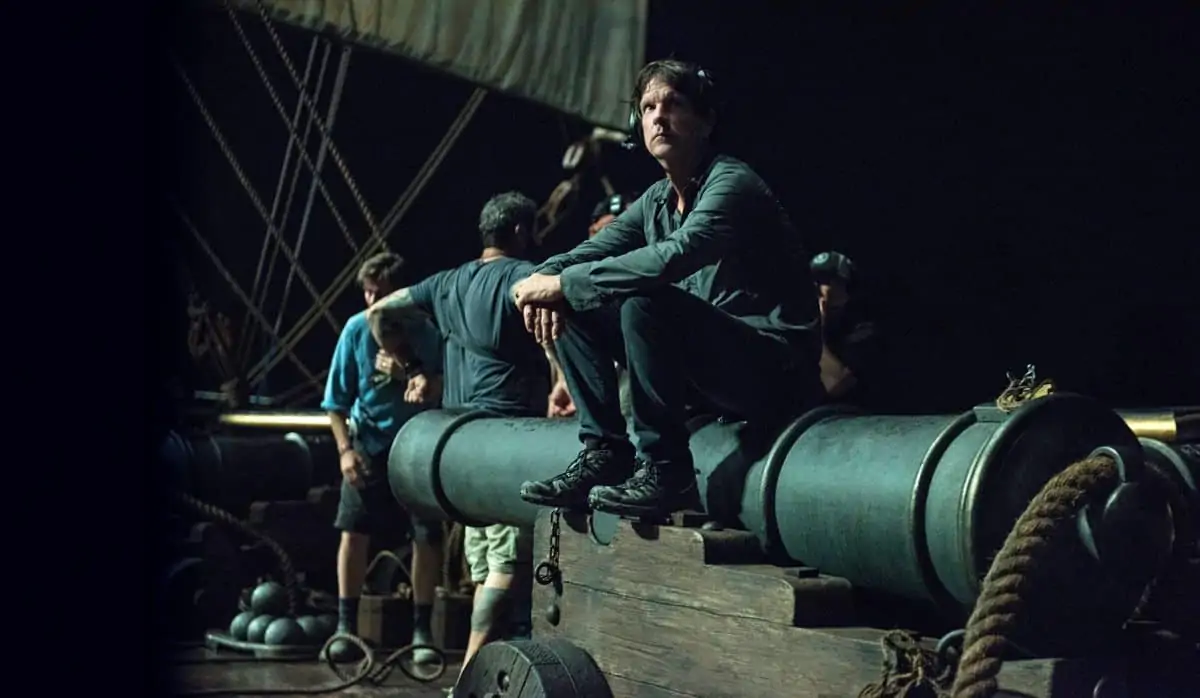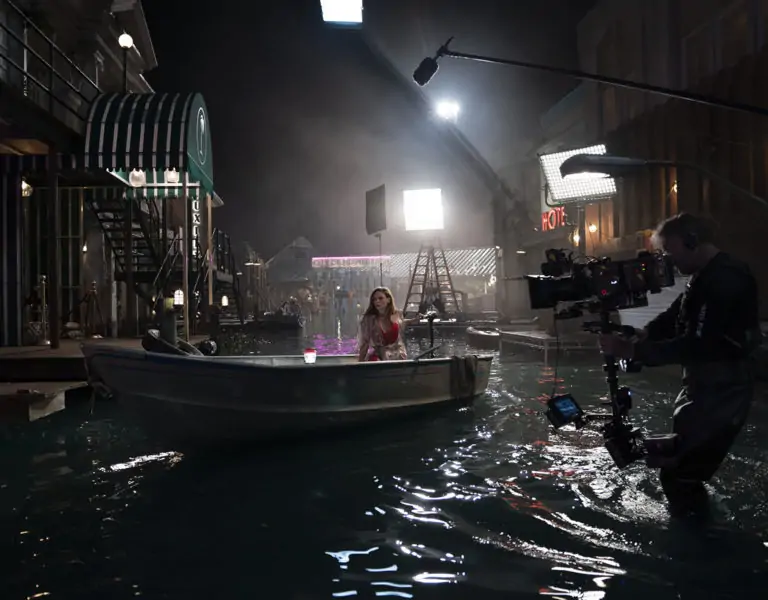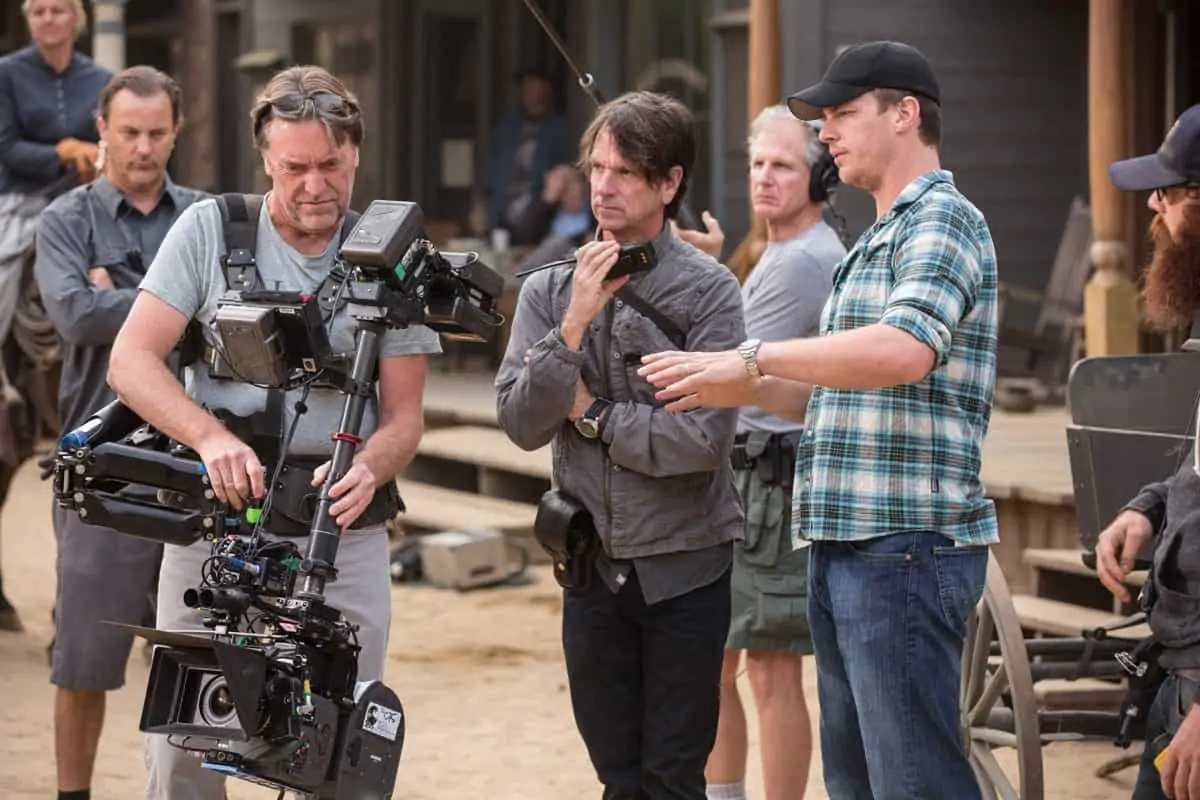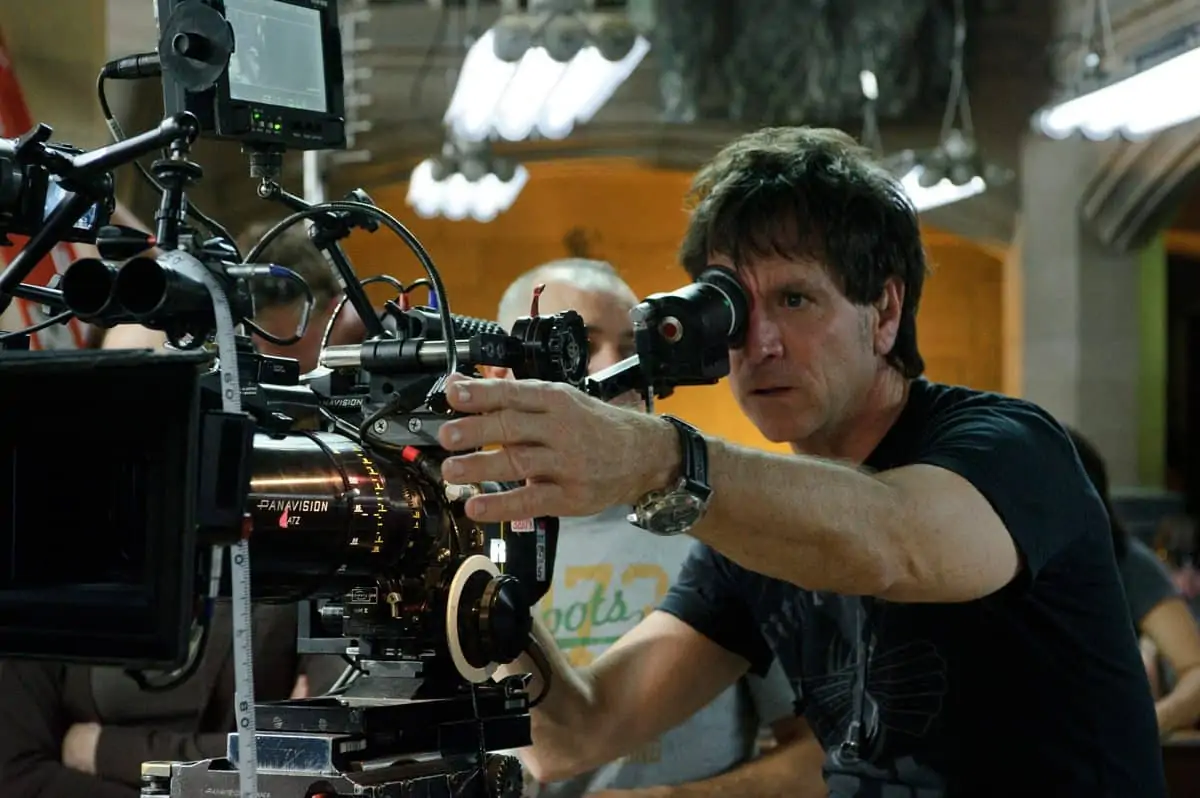Crime Scenes
Paul Cameron / Henry's Crime
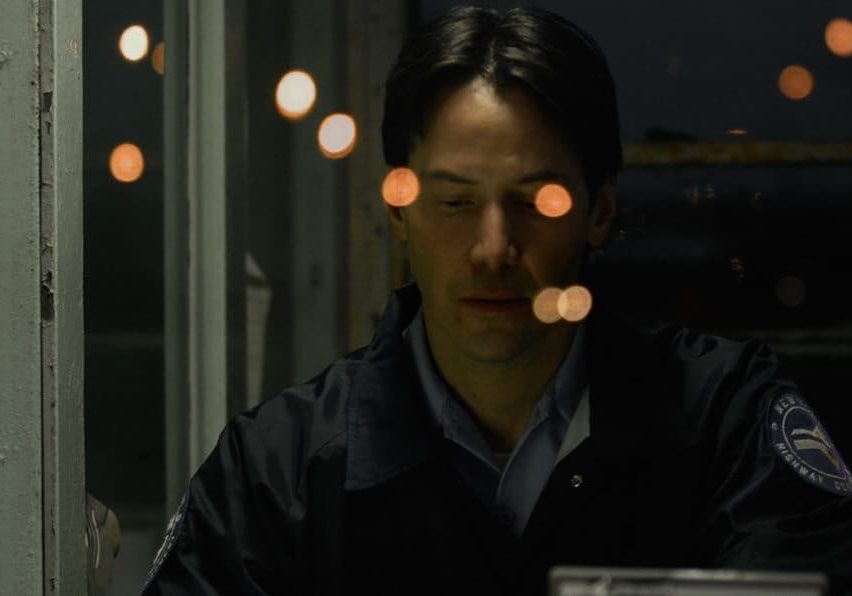
Crime Scenes
Paul Cameron / Henry's Crime
Director of photography Paul Cameron, ASC gave his latest film, the dark, romantic indie comedy Henry’s Crime, what he describes as a “folkloric beauty.” The cinematographer’s credits include Tony Scott’s Man On Fire and Déjà vu; Dominic Sena’s Swordfish and Gone In Sixty Seconds; and Michael Mann’s Collateral, for which he and Dion Beebe earned a BAFTA Award.
Helmed by Malcolm Venville (with whom Cameron had previously worked on several television commercials), Henry’s Crime stars Keanu Reeves as Henry, an unambitious man who ends up in jail for a bank robbery that he didn’t commit. There, he befriends Max, a conman played by James Caan. Out of prison, Henry decides that since he “already did the time,” he might as well “do the crime.” he enlists Caan to help, and meets love interest Julie (Vera Farmiga), an actress in a regional performance of Chekhov’s The Cherry Orchid. A plan is crafted to enter the bank through a tunnel that begins at theatre, which is across the street.
“Henry’s Crime has a fable-like quality,” Cameron explains. His influences included the work of Edward Hopper, the composition and light of Walker Evans’ Polaroids, and Gordon Willis' cinematography. The feature, lensed in 32 production days and on an indie budget, was shot 3-perf 2:35, using ARRIcam and Cooke S4 primes with Fuji 64D, 250D and Vivid 500T stocks. Almost entirely shot single camera, Henry’s Crime was lensed in and around New York City for Buffalo, with a few days in Buffalo for main sequences with The First National Bank of Buffalo and some exteriors. Additionally, a night scene was lensed at the iconic Niagara Falls.
“I took a simple approach to frames and lighting the movie, and came up with a simple colour palette,” Cameron explains. “Malcolm loves a very static camera, a very observational point-of-view camera. In a lot of ways, the photography was classic. The camera doesn’t move very much at all. It’s basically like a portrait.” Most of the close ups were shot on 65mm. He adds: “A few specific dolly shots punctuate some dramatic moments.”
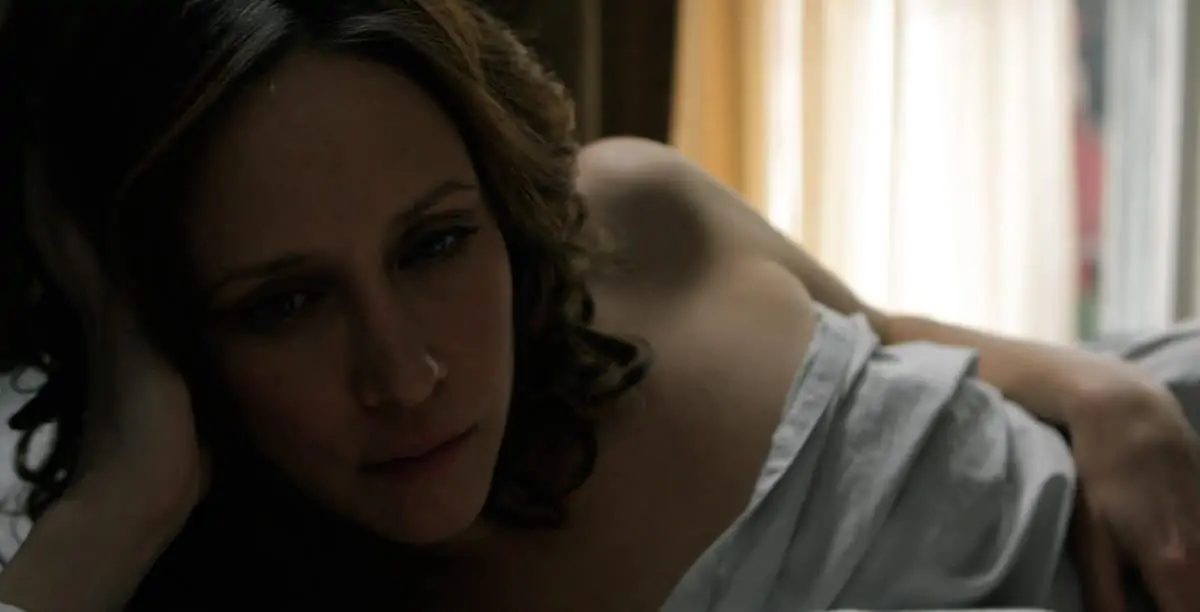
Cameron admits that digital cinematography really wasn’t considered. “We discussed it a little bit for budget reasons,” he says. “But they always thought of it as a film project.
Overall, lighting on small practical locations with limited rigging was a key challenge. Cameron relates that he, working with gaffer Ken Shibata, created top 3/4 soft light in all locations. Half domes with 1000W tungsten bulbs surrounded most rooms, and 400W Jokers were also used.
“I wanted to create a shadowless, directional 3/4 top back source for most scenes. The night exteriors and interior theatre lent themselves to larger sources. We utilised the larger Lumapanels and Gaff Air balloons when we could.”
The scenes with the tunnels were filmed on a soundstage in Yonkers. The characters entered the tunnel by breaking through a hole in the wall. “I decided to play off the idea that they were working in a theatre that had theatrical lights available. I actually used prop lights to help light the scene,” Cameron explains, noting that he added some KinoFlos. “There was as little light as possible."
“The sequence at Niagara Falls is pivotal, it was the moment where Keanu and Vera’s characters connect,” he says, noting that one challenge was that the scene was shot in mid-December at below zero temperatures. “The biggest challenge technically was lighting the falls themselves. That required coordinating with two crews in Canada and with the Parks Department on the Canadian side to refocus some of their park lighting, in order to bring out the shape of the waterfall, and to make the falls a bit of a character in the movie. We also had lighting on the US side (with the US crew). It was a big night exterior. It was a challenge for the production because it was limited financially but we wanted to give it a romantic quality.”
"The biggest challenge technically was lighting the falls themselves. That required coordinating with two crews in Canada and with the Parks Department on the Canadian side to refocus some of their park lighting, in order to bring out the shape of the waterfall, and to make the falls a bit of a character in the movie."
- Paul Cameron
“I used an LXR night light from the Canadian side along with the existing 18-4K Xenons also from that side,” Cameron explains. “We also used a 120ft Condor with a large soft source of 2-Gaff Air balloons wrapped in white bed sheet over the falls and Vera Farmiga. Another Condor with 12K Pars bathed the frost covered background.
“As great as it is to shoot beautiful wide shots, movies really come down to the close ups, and having the characters emanate in this very intimate world,” Cameron says. “For me the challenge is each face is like a different sculpture – how to light it? It was great to work with Vera. She is very photographic. I used a classic way of lighting her, using a white bedsheet material as defusion as close to the edge of frame as I could possibly get, to make the light as soft as possible on her face.
“The last third of the film takes place predominantly between the tunnel and the stage, the dress rehearsal and right up to the opening night. There were two challenges: having to shoot multiple scenes of the play from multiple angles, as well as shooting on a very tight schedule. I basically designed an overhead lighting system. I built large banks of florescent lights, and I basically integrated my lightning into flying set pieces that were designed by Chris Jones, the production designer. They were rigged with chain motors so we could move very quickly. It was very fast, very user friendly and they worked great for the big wide shots.”
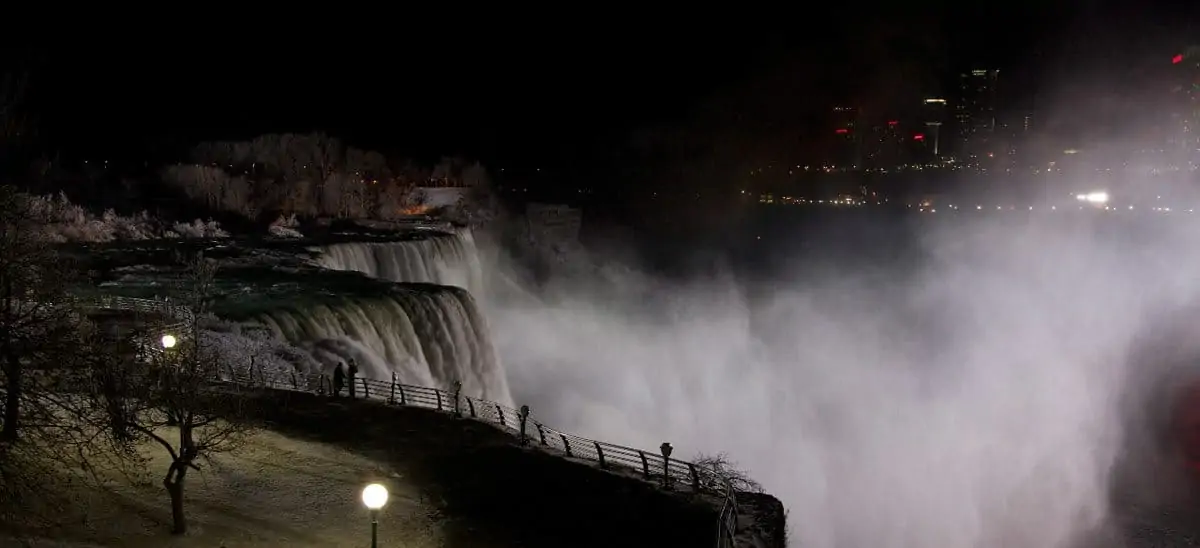
Colourist Tim Stipan did the DI at Technicolor in New York. “We kept the colour very simple and added a richness to the film overall,” Cameron relates. “Most black comedies/romantic comedies tend to be brighter and higher key, we chose to make it richer and perhaps a little darker.”
The crew included Charlie Libin, A-camera operator; Joe Martinez, A-camera first assistant; aforementioned gaffer Ken Shibata; and Jim McMillan, key grip.
Cameron also recently completed Man On A Ledge, directed by Asger Leth, whose stars include Sam Worthington and Elizabeth Banks. And, the cinematographer is in preprep on Len Wiseman’s Total Recall, a new movie version based on Philip K. Dick’s original story, which will be shot in 2D 35mm anamorphic.
